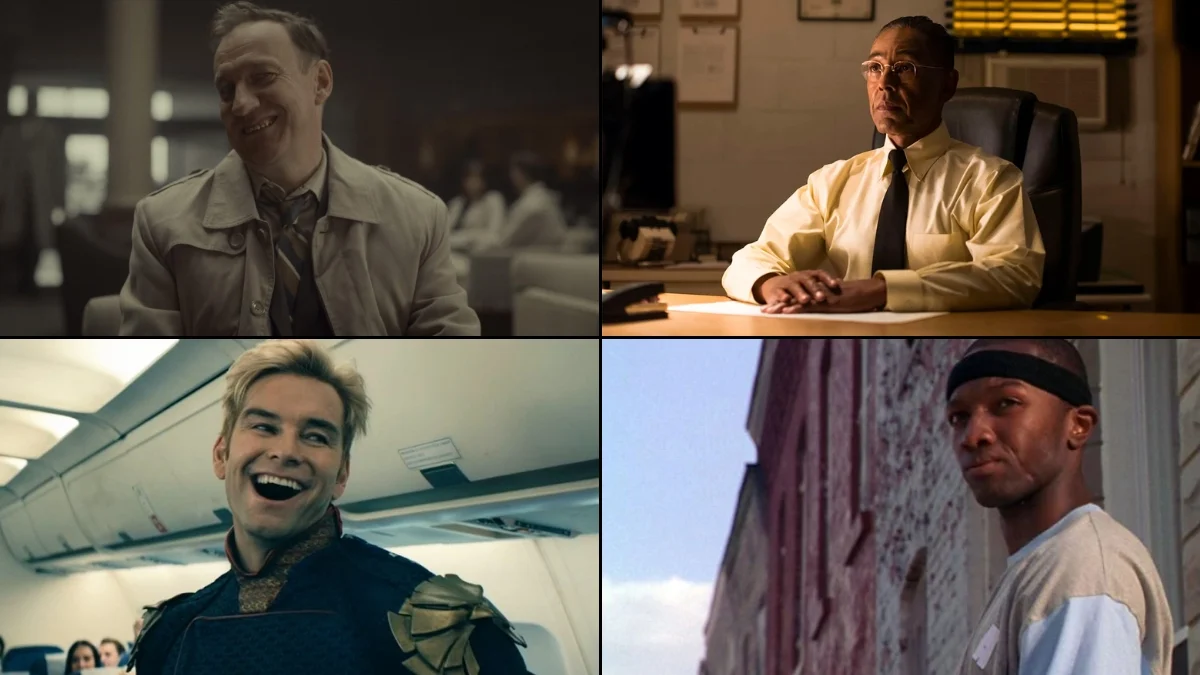
Some TV villains exist simply to move the story along, while others completely change a series – shifting relationships, changing what characters want, and creating problems that last for multiple seasons. The villains highlighted below aren’t just people we remember; they’re essential to the story, and their plans and actions drive the biggest moments in their shows.
This guide details each character’s role in the story, including who plays them and what they do. It explains their actions, the groups they’re connected to, and the strategies they use, showing how they impact the plot. You’ll also find information about the organizations they lead, the relationships that cause problems, and how their influence changes throughout each season.
Gus Fring

Giancarlo Esposito portrays Gustavo “Gus” Fring in both ‘Breaking Bad’ and ‘Better Call Saul’. Gus secretly runs a massive drug operation spanning two continents, disguising it with the Los Pollos Hermanos restaurant chain and a large-scale laundry facility. He carefully controls every aspect of the business – from funding labs and hiring chemists to managing supply routes through connections with cartels – all while maintaining a public image as a respectable and lawful entrepreneur.
Over several seasons, Gus skillfully manages competing groups, uses tough professionals like Mike Ehrmantraut, and creates backup plans involving surveillance, fake companies, and secure locations. His story follows the building and protection of a complex network, including a hidden, high-tech lab and a system for moving goods across borders. Ultimately, he orchestrates strategic attacks to change the balance of power within the cartel.
Cersei Lannister

In ‘Game of Thrones,’ Lena Headey’s Cersei Lannister controls the kingdom through her influence over important decisions like who will inherit the throne, how money is spent, and military strategy. She manages this by leading the royal council, controlling the kingdom’s finances, and building strong relationships with powerful families in the Westerlands. To stay in power in King’s Landing, she uses marriages as political tools, takes and trades hostages, and relies on a network of spies and loyal servants.
Her story follows how she takes control after periods of weak leadership, using officially sanctioned religious groups to maintain power. She also manages military resources, like siege weapons and supplies for setting fires, during city battles. She secures loans from the Iron Bank and moves troops to protect important entrances and harbors, effectively changing the political landscape of the capital for years to come.
Joffrey Baratheon

In ‘Game of Thrones,’ Jack Gleeson plays Joffrey Baratheon, a king whose choices have major consequences. He controls the army, decides who gets positions in court, and impacts the fate of powerful families. Joffrey’s orders result in people being executed, property being seized, and shifts in who leads the city guard.
Joffrey’s dealings with his royal guard, advisors, and visiting diplomats directly change agreements and the city’s defenses. His decisions also spark rebellions, forcing practical responses like limiting food supplies, moving guards to different areas, and quickly reinforcing the city walls before naval battles.
Ramsay Bolton
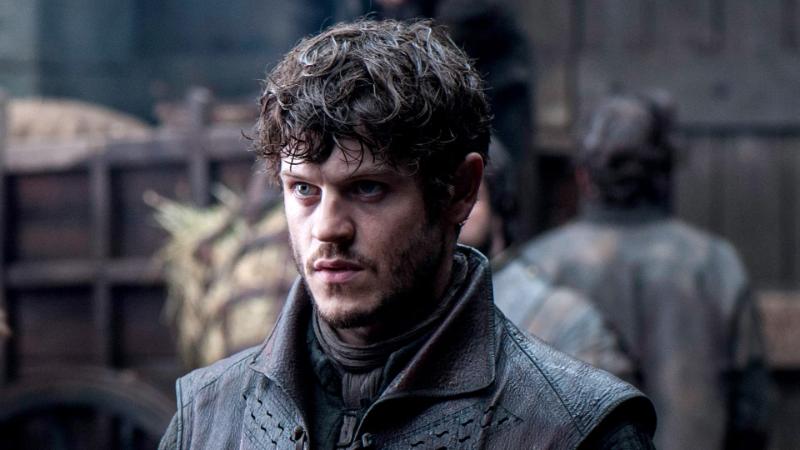
Iwan Rheon’s character, Ramsay Bolton, gained power in the North on ‘Game of Thrones’ by forcing people to accept his rule, arranging marriages to strengthen his position, and incorporating the soldiers of smaller families into his army. He commanded a fortified base with facilities for both dogs and torture, and he used fear and manipulation to defeat anyone who challenged him.
He’s known for brutal tactics like nighttime attacks and destroying resources. He also deceives enemy leaders by intercepting and altering messages. To disrupt their forces, he uses captured prisoners as bargaining chips and reshuffles troop formations and supply routes throughout the north, organizing soldiers under different family banners.
Homelander
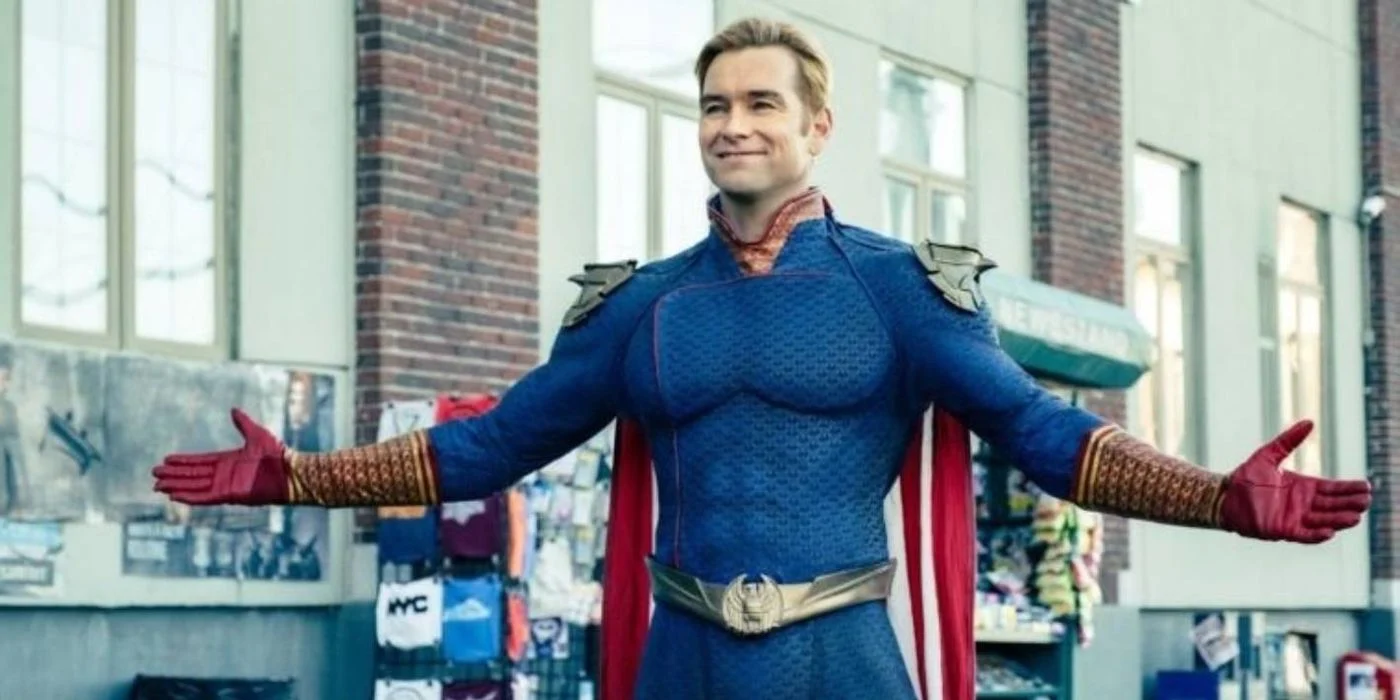
Antony Starr portrays Homelander in ‘The Boys,’ the seemingly heroic face of the Seven. Vought International carefully controls his public image through press events, merchandise deals, and orchestrated rescues. Beyond appearances, Homelander leads the team on missions, works directly with Vought’s executives, and even tries to sway lawmakers when they discuss regulating superheroes.
Throughout the story, Homelander’s choices impact how Vought protects its facilities, uses surveillance planes, and deals with recorded incidents. Who he works with influences who gets assigned to different roles, and his involvement with research labs affects drug testing and plans for handling emergencies after city-wide disasters.
Wilson Fisk (Kingpin)
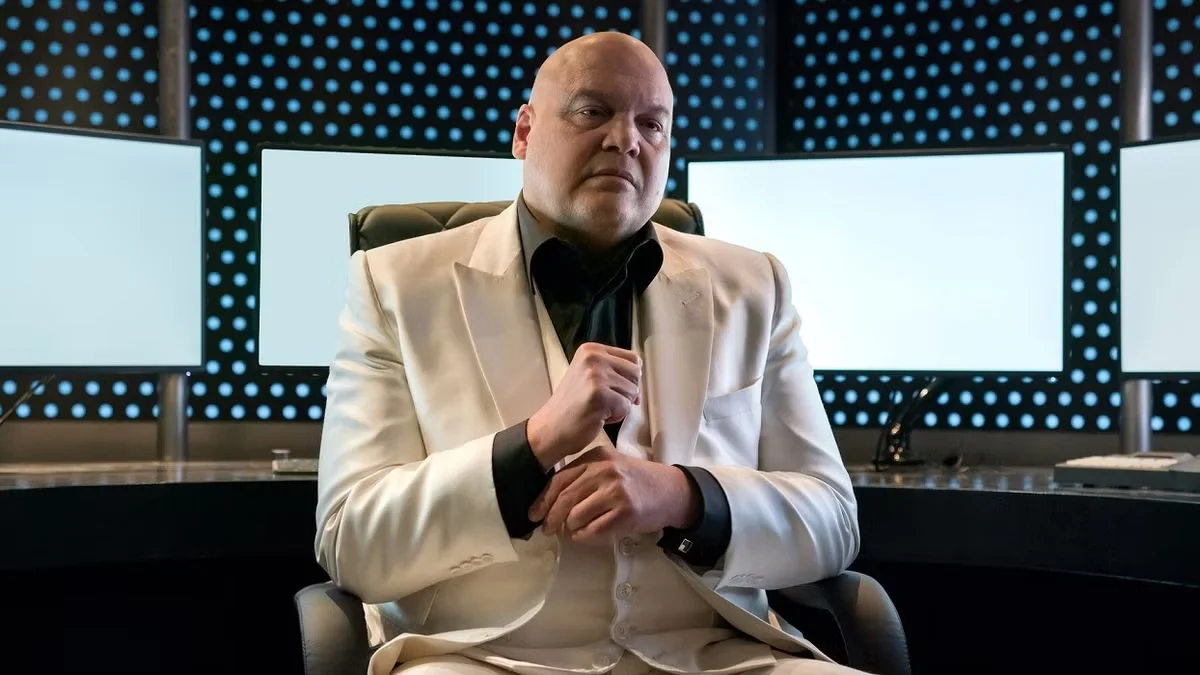
I’m absolutely fascinated by Vincent D’Onofrio’s portrayal of Wilson Fisk in ‘Daredevil.’ The way he commands the criminal underworld is just brilliant. He doesn’t just *run* crime, he builds an empire disguised as legitimate businesses – construction companies, import/export… it’s so clever. And he doesn’t just make money, he reshapes entire neighborhoods, controlling where things are built and who gets the contracts, all through bribery and a private security force that keeps everything running smoothly. It’s a terrifyingly effective system he’s created.
Fisk’s criminal activities involve cutting off access to information, influencing court cases with dishonest experts, and using secure hideouts with emergency protection. The story follows shifts in power between competing gangs, and shows how corruption within police precincts, port operations, and the supply of advanced body armor for his followers are all affected. His character also appears in the ‘Hawkeye’ and ‘Echo’ series, expanding his influence and criminal network.
Kilgrave
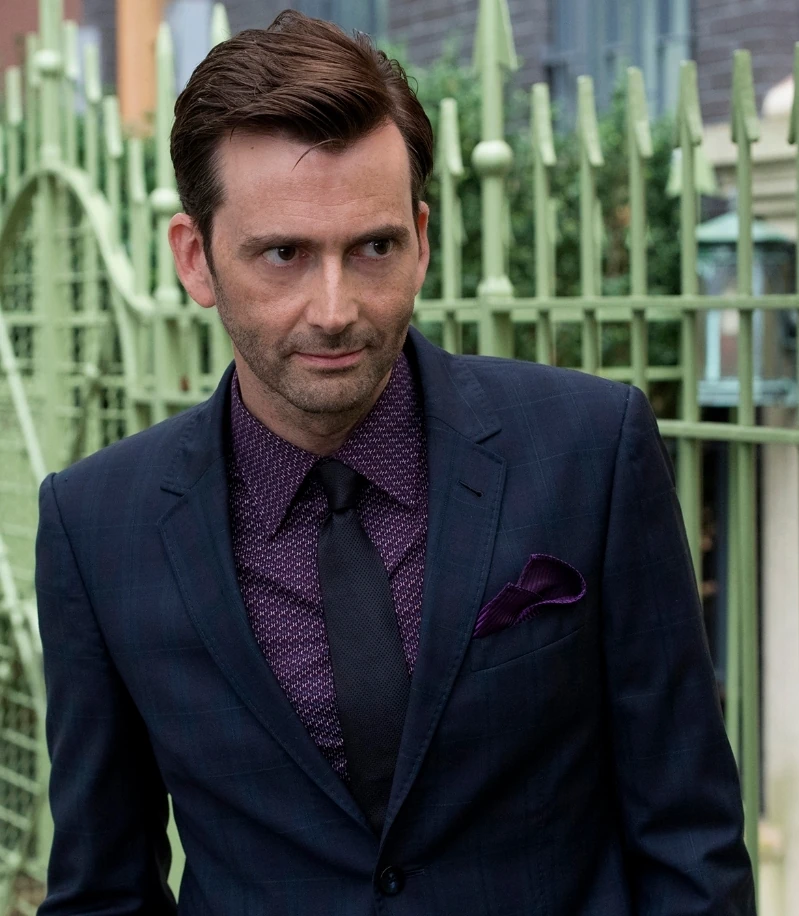
In ‘Jessica Jones’, David Tennant plays Kilgrave, a villain who can control people with his voice, forcing them to do whatever he says without remembering it later. This creates problems for the police, as witnesses are simply acting under his control and crime scenes don’t show typical evidence of force or struggle.
During this period, steps were taken to prevent information leaks, including creating quiet workspaces, giving instructions at specific times, and carefully recording who gave what orders with both audio and video. Researchers also looked into the victims’ medical backgrounds, searching for clues about potential illnesses and neurological signs. Simultaneously, investigators tracked the victims’ past movements, hoping to find a pattern that could help predict where the issue might spread.
Ben Linus
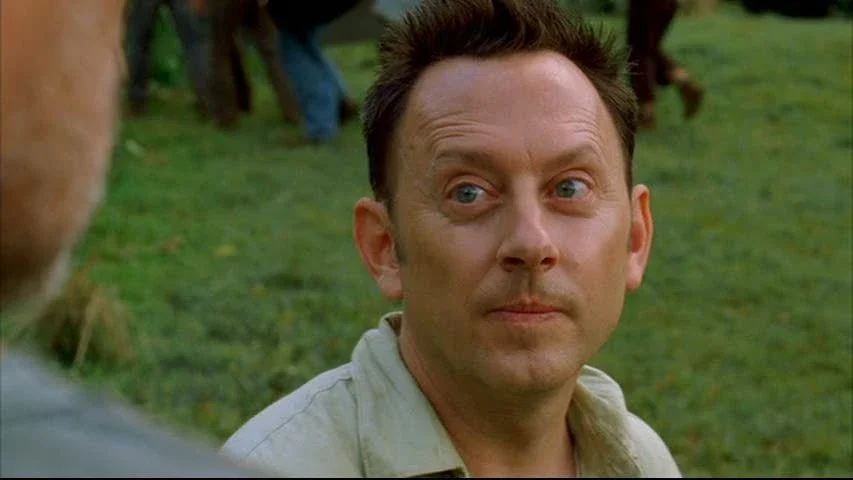
I was completely captivated by Michael Emerson’s portrayal of Ben Linus on ‘Lost’! He was the mastermind behind everything happening on the island. He didn’t just *live* there, he *ran* it – controlling a whole network of hidden tunnels and secret identities. He was responsible for all the practical stuff too, like making sure they had medicine and keeping in touch with the outside world using coded messages. And honestly, it was chilling how he’d orchestrate kidnappings to get what he wanted from people off the island. He was such a complex and fascinating character!
Ben manages the transfer of prisoners, maintains older facilities with built-in safety features, and moves staff based on intelligence gathering. His stories often involve disagreements about leadership within his team and the use of secret passages and supply deliveries. Clear records show a structured organization with specific roles and code names controlling how things are done.
Marlo Stanfield
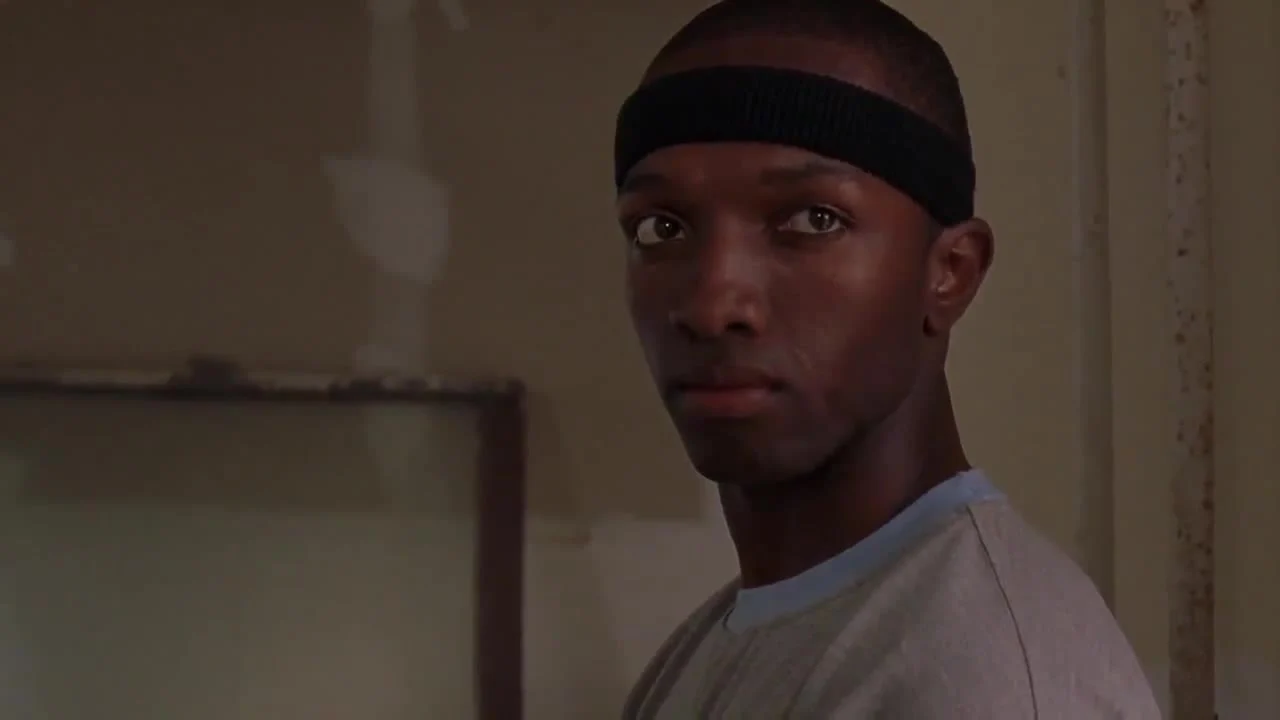
In ‘The Wire,’ Jamie Hector plays Marlo Stanfield, a drug kingpin who runs his operation by prioritizing personal meetings and hand signals over pagers and phones. This helps him avoid police surveillance. Marlo keeps his inner circle small, limiting who knows what to further reduce the risk of getting caught.
Marlo’s increasing power causes changes in how homicides are solved, affects grand jury investigations, and leads to rival gangs shifting their operations. He employs methods like secretly burying bodies in abandoned buildings, frequently moving drug stashes, and using connections with bail bondsmen. These actions disrupt how the police gather information and reshape the city’s drug trade.
Lorne Malvo
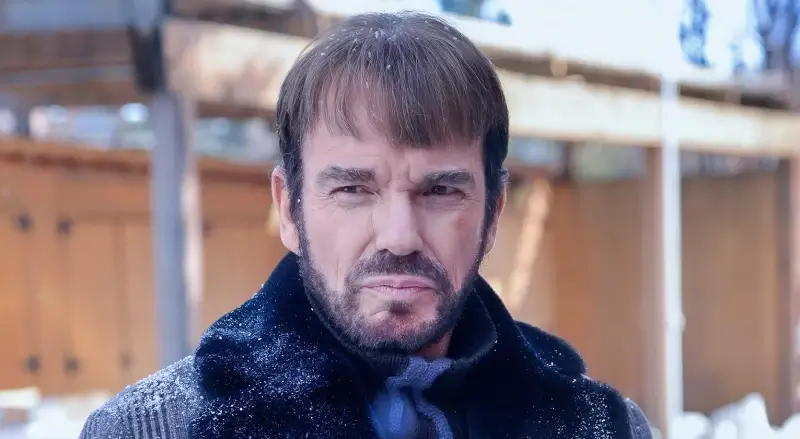
In the show ‘Fargo’, Billy Bob Thornton portrays Lorne Malvo, a professional hitman who avoids leaving any records. He pays in cash, uses temporary phones, and keeps a low profile. Malvo gets clients by scaring people, often using fake threats and carefully planned information given to the police.
Malvo deliberately creates trouble between local gangs and people in small towns. He uses tricks like disguises, secret messages, and false leads to throw off the police. The season follows specific crimes he causes, including blackmail and complicated transfers of cases between police departments, showing how his meddling grows from simple, local shakedowns into widespread criminal problems across several states.
The Governor
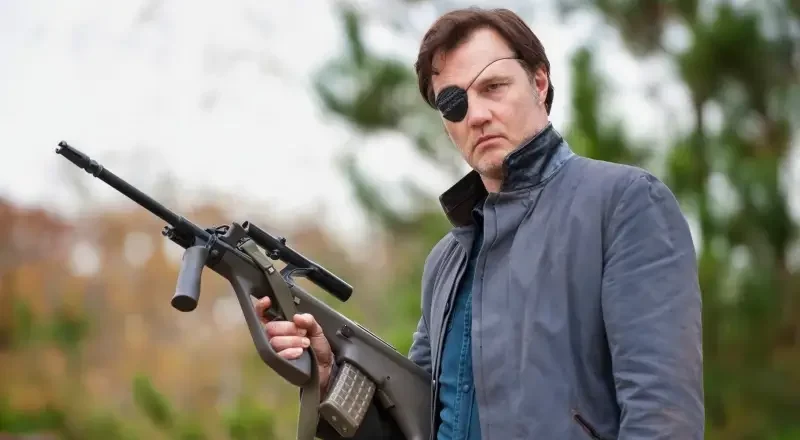
As a huge fan of ‘The Walking Dead,’ I’ve always been fascinated by the character of the Governor, played by David Morrissey. He basically runs the town of Woodbury like his own little kingdom. He’s got a well-trained militia keeping order, strong defenses around the perimeter, and even a system for rationing supplies, which surprisingly draws people in. He’s really built up a fortress, complete with an armory, and isn’t afraid to interrogate anyone he captures. Plus, he tries to play politics with other survivor groups, always from a position of strength.
As a movie buff, I see this character as a leader who’s all about control. He’s constantly sending out teams to grab essential medical supplies, and he’s got snipers covering every possible approach. He even imposes curfews, with patrols constantly moving to enforce them. It’s not just about power though; his choices *directly* affect how many people survive, how much ammo they have, and even whether they can maintain peaceful trade with other communities. You really feel the weight of his decisions on the world around him.
Negan

Jeffrey Dean Morgan plays Negan on ‘The Walking Dead,’ the leader of a group called the Saviors. The Saviors control surrounding communities by taking a portion of their resources – like food, fuel, and weapons – and redistributing them. Negan maintains order by regularly collecting these tributes, patrolling routes to ensure compliance, and keeping all weapons stored in a central location called the Sanctuary.
The story follows the establishment of bases along major roads, the use of secret radio communications, and the organization of work teams for farming and production. Through bargaining, retaliation, and temporary peace agreements, the safe routes for travel are constantly changing, and it’s decided which settlements are allowed some degree of self-governance under the Saviors’ rule.
Lalo Salamanca
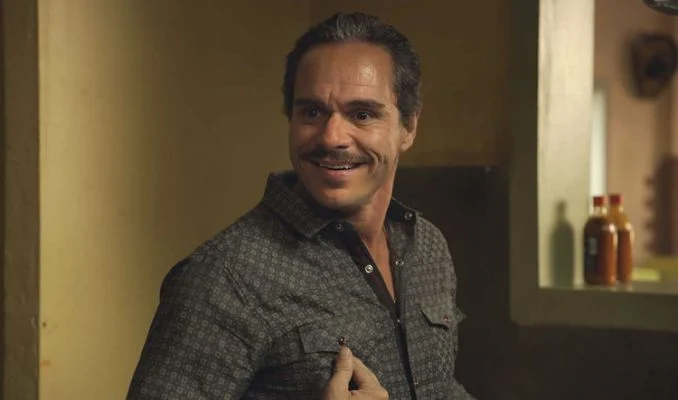
As a huge ‘Better Call Saul’ fan, I’ve always been fascinated by Lalo Salamanca, played brilliantly by Tony Dalton. He’s basically the Salamanca family’s go-to guy for making things *happen* – coordinating everything from deliveries and hideouts to moving money across borders. What’s really cool is how prepared he is; he always has backup travel papers and relies on a network of people he trusts to drive, scout things out, and generally keep things running smoothly. He’s a seriously resourceful character!
Investigators are piecing together his whereabouts using motel records, taxi trips, and the way he used temporary phones. He’s been watching his competitors, using tactics like surveillance and secret recordings. His actions are directly affecting the security of the Fring organization, causing them to alter plans for building the lab, adjust guard schedules, and change how money is moved.
The Trinity Killer (Arthur Mitchell)
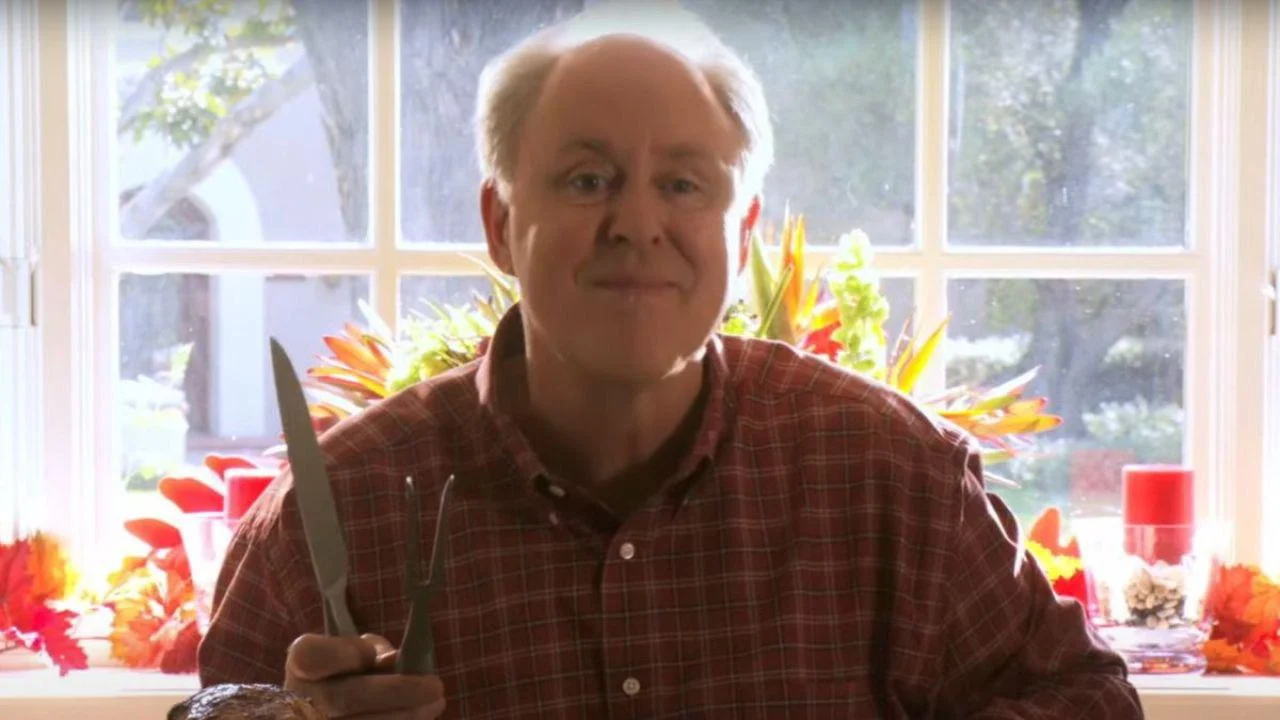
John Lithgow’s character, Arthur Mitchell, in ‘Dexter,’ follows a distinct pattern in his crimes, connecting where and whom he targets to significant dates in his life. He carefully appears to be a contributing member of society while secretly planning and executing his acts, using specific tools and thorough preparation to remain undetected.
Investigators, both official law enforcement and those working outside the law, are studying the way he commits crimes by looking for similarities at each crime scene, such as how he arranges things and gets rid of evidence. Details from the forensic investigation – like tool marks, cleaning supplies used, and vehicle tracking – are helping to build a timeline. This timeline is allowing them to focus their search on specific areas and predict where he might strike next.
V. M. Varga
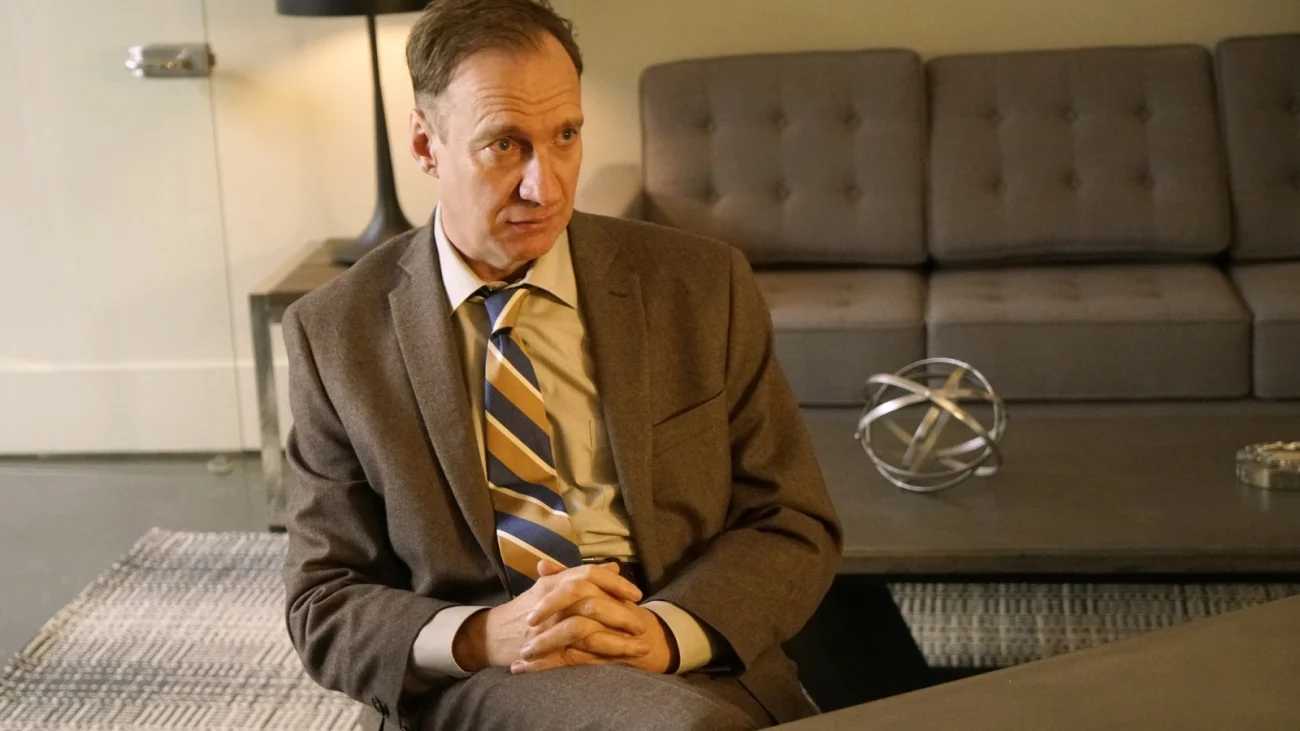
I was completely captivated by David Thewlis’s performance as V. M. Varga in ‘Fargo.’ He plays this incredibly unsettling figure who’s actually the public face of a huge, international criminal organization. What’s really scary is how they worm their way into seemingly normal businesses by using debt, cheating on taxes, and basically stripping those companies of everything valuable. Varga specifically went after Emmit Stussy’s parking business, using fake companies, rigged bills, and hidden bank accounts. He didn’t just try to win fairly, though – he used threats, blackmail, and controlled every conversation to get what he wanted. It was chilling to see how organized he was, setting up a mobile headquarters in a trailer, using encrypted computers, and relying on his loyal, but ruthless, guys, Yuri and Meemo. They handled everything from scaring off witnesses to misdirecting the police, and even managed the flow of cash and important documents. It was a truly frightening display of control and manipulation.
Varga orchestrates a hostile takeover using deceptive financial tactics. He creates the illusion of debt with fake loans and hides the true owners of the company by moving money through a complex web of shell companies. When regulators start to investigate, he manipulates audits, falsifies financial records, and uses lawsuits to stall any attempts to freeze his assets. The story details his methods: forcing a partnership with Emmit and Sy Feltz, using fake suppliers to launder money, and actively obstructing IRS investigations. Ultimately, his plan involves abandoning his local partners while he and his associates move on to a new scheme.
Read More
- DOGE PREDICTION. DOGE cryptocurrency
- Calvin Harris Announces India Debut With 2 Shows Across Mumbai and Bangalore in November: How to Attend
- EQT Earnings: Strong Production
- The Relentless Ascent of Broadcom Stock: Why It’s Not Too Late to Jump In
- Docusign’s Theatrical Ascent Amidst Market Farce
- TON PREDICTION. TON cryptocurrency
- The Dividend Maze: VYM and HDV in a Labyrinth of Yield and Diversification
- Ultraman Live Stage Show: Kaiju Battles and LED Effects Coming to America This Fall
- HBO Boss Discusses the Possibility of THE PENGUIN Season 2
- Why Rocket Lab Stock Skyrocketed Last Week
2025-10-09 21:47